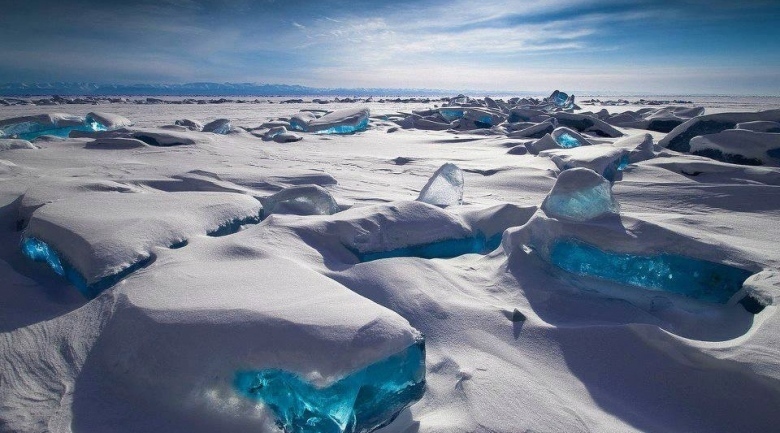
It doesn’t take much to change a planet’s climate, just a little shift in the Northern hemisphere glacial ice sheet and a bit more carbon dioxide in the atmosphere. After that, the response is rapid. The tropical rain belt moves north and the southern hemisphere cools a bit, in some sort of bipolar see-saw response.
Sound familiar? It does, and it doesn’t. It all happened long before the internal combustion engine, or even the new Stone Age. Researchers from the Alfred Wegener Institute’s Helmholtz Centre for Polar and Marine Research, Bremerhaven, the University of Bremen, Germany, and the University of Cardiff in the UK, report in the journal Nature that they have made climate simulations that agree with observations of historical climate change that date back 800,000 years.
Long before the present alarms about global warming through the emission of carbon dioxide from fossil fuels, climate researchers were puzzled by the phenomenon of the Ice Ages and the "interglacials" that punctuated those long periods when the Arctic ice extended from the North Pole to the Atlantic coast of France and over huge tracts of North America.
Mysteriously, and at great speed, the temperatures would rise by up to 10°C and the vast walls of ice would retreat. Lion, hyena and rhinoceros would invade the wild plains of what is now southern England, and now-vanished species of humans would hunt big game and gather fruit and seeds in the valleys and forests of Europe and America.
